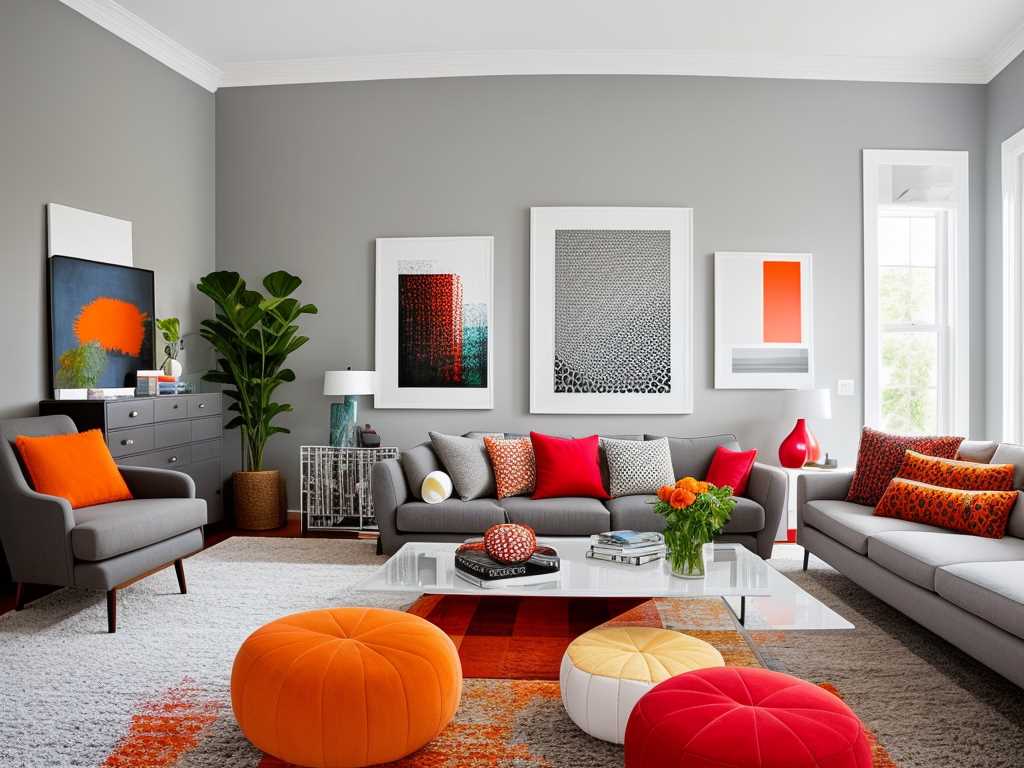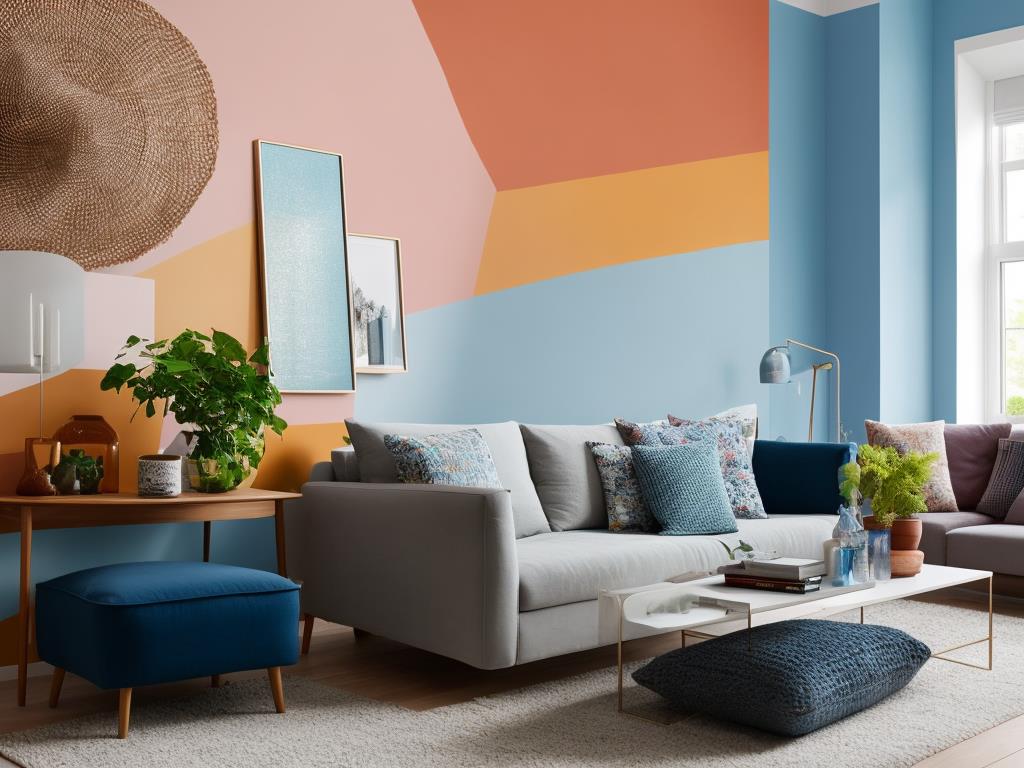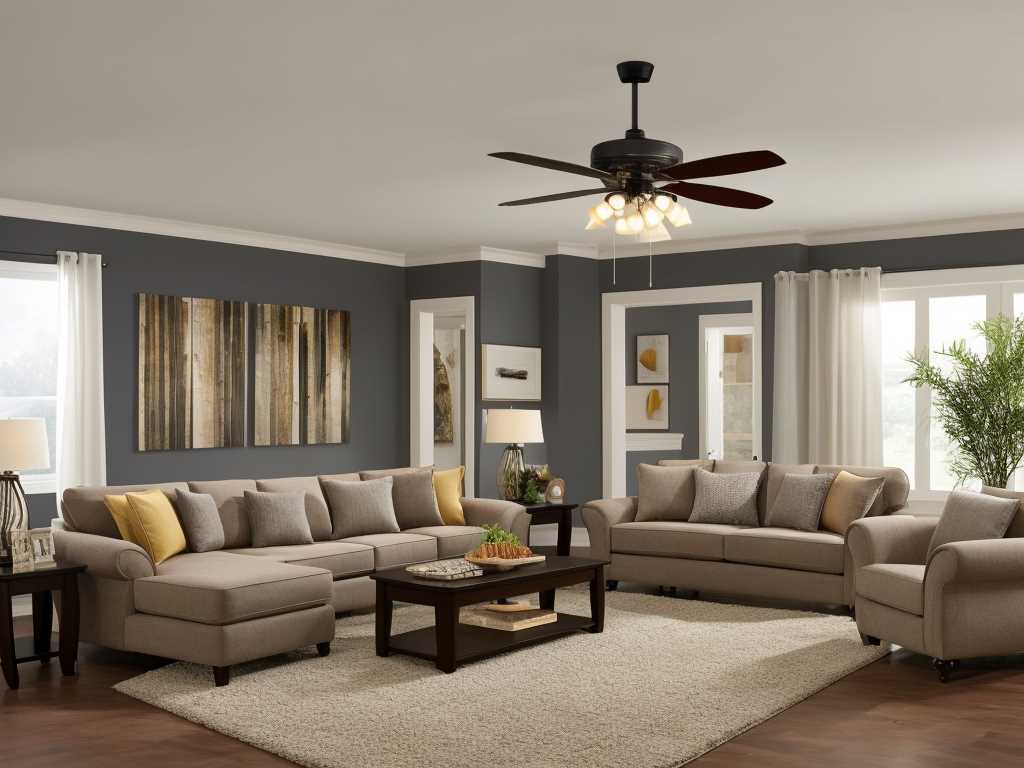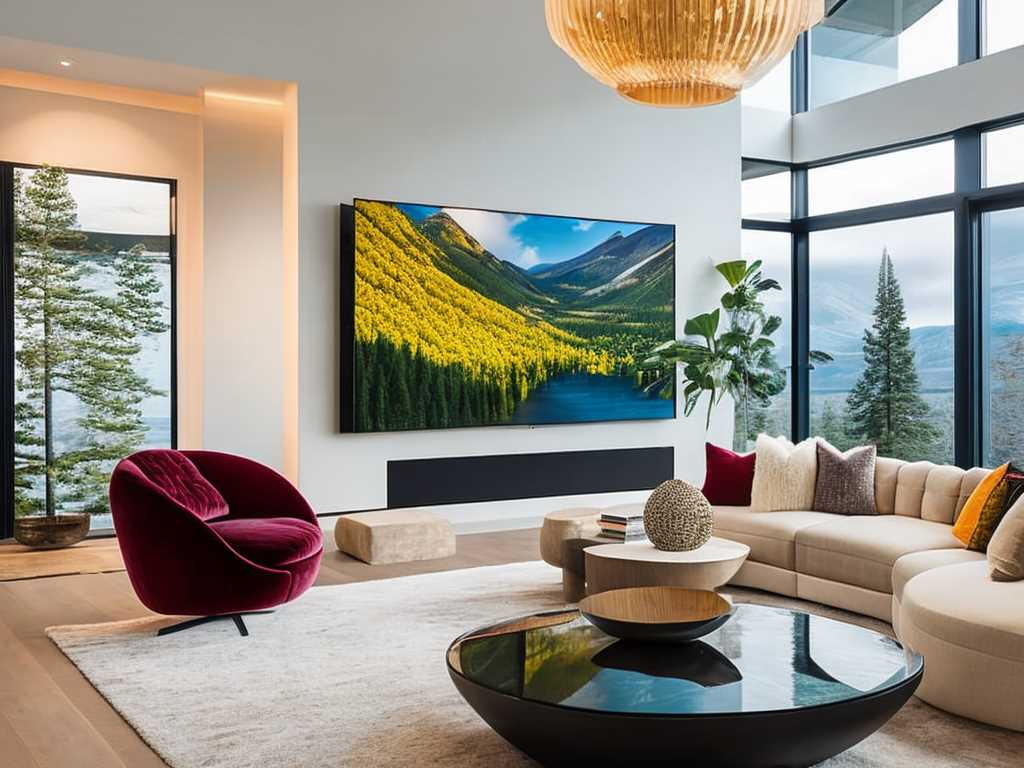
Furniture placement is one of the most crucial aspects of interior design. It is essential to create a functional living space that is also aesthetically pleasing. The living room is the hub of most homes, and it is where people spend most of their time relaxing and entertaining guests. Therefore, it is necessary to have the right furniture layout in a living room. In this article, we will discuss how to layout furniture in a living room.
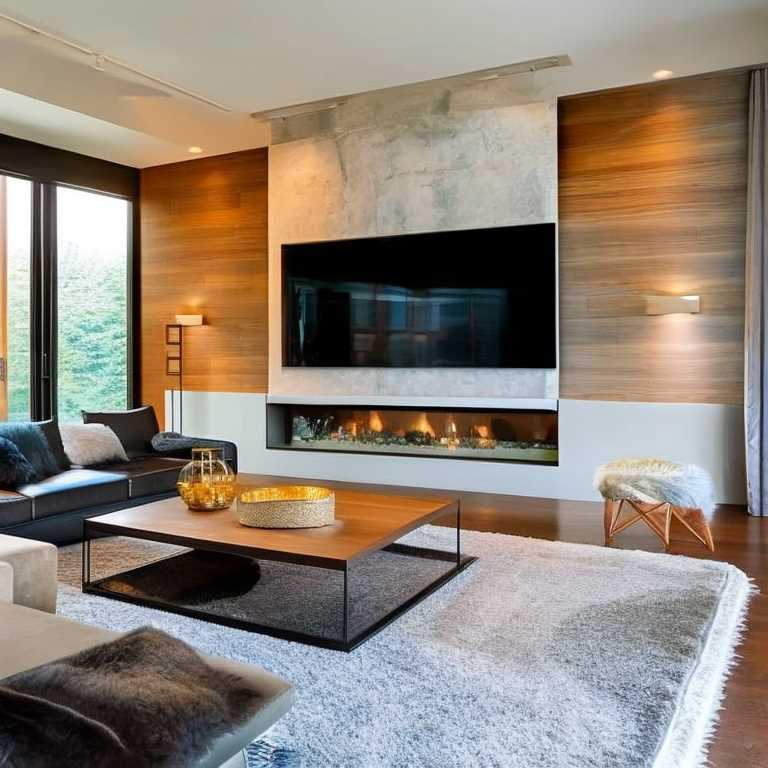
1. Plan the Space
Before you begin to arrange your furniture, it is essential to plan the space. It would be best if you considered the size, shape, and purpose of the living room. A living room with an open floor plan may offer more flexibility in furniture placement than a smaller, more enclosed space. You should also consider the traffic flow and natural light in the room.
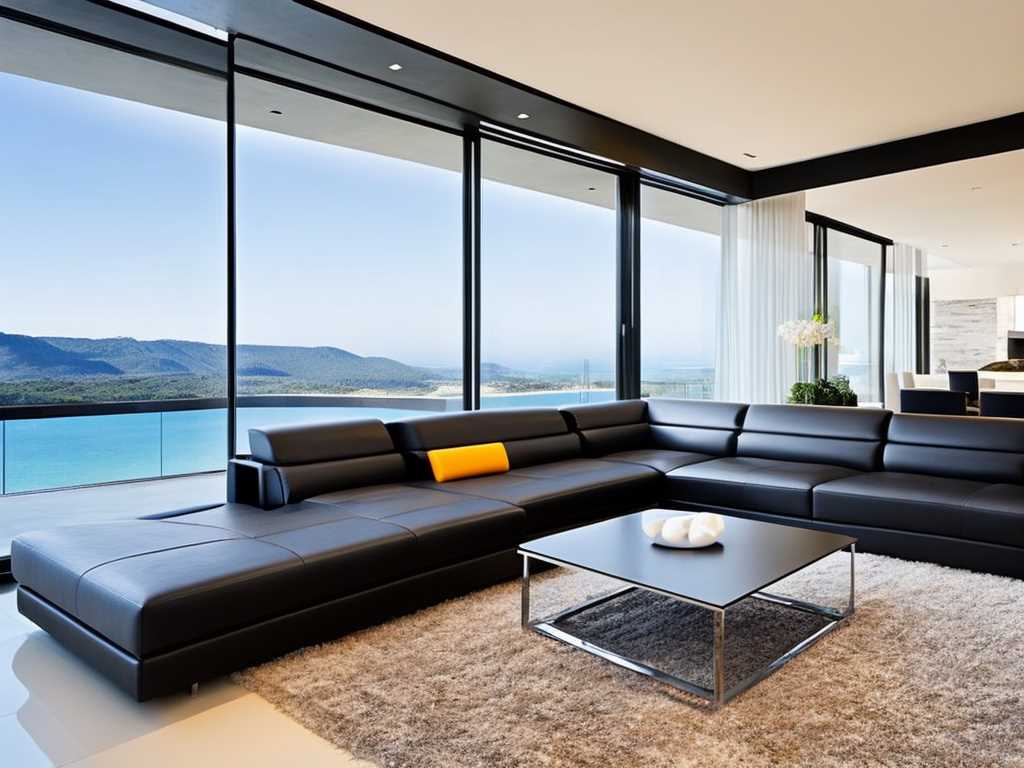
2. Determine the Focal Point
The focal point is the primary element that draws attention in a room. It could be a fireplace, a window with a beautiful view, or a piece of artwork. Once you have identified the focal point, it will help you determine the best furniture layout for the room. You should position your furniture to complement the focal point and create a balanced look.

3. Create Zones
A well-designed living room should have different zones for different activities, such as reading, watching TV, and socializing. You should arrange your furniture to create these zones and ensure that they flow seamlessly into one another. For instance, you could use a sofa to divide the space into two zones or create a reading nook by placing a chair and a lamp in a corner.
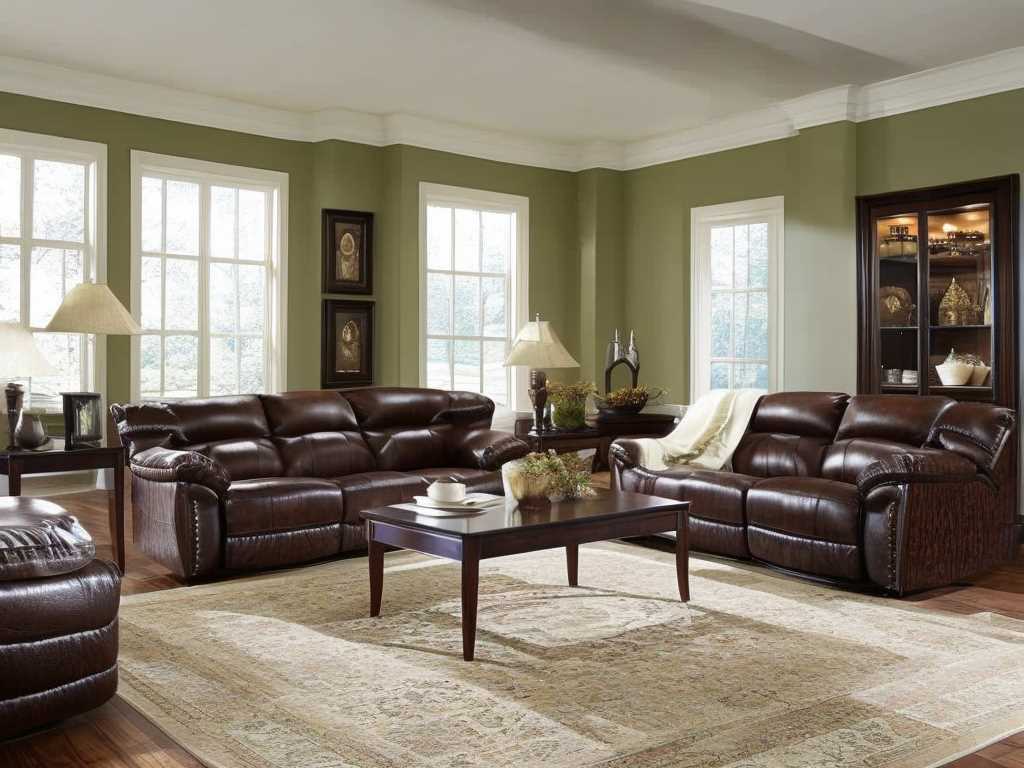
4. Choose the Right Furniture
When selecting furniture for your living room, you should consider the size and scale of the room. Large furniture pieces can overwhelm a small space, while small furniture pieces can get lost in a large room. You should also consider the shape of the furniture and how it will fit in with the overall design of the room. For example, a round coffee table may work better in a room with curved lines, while a square coffee table may be better suited for a room with straight lines.
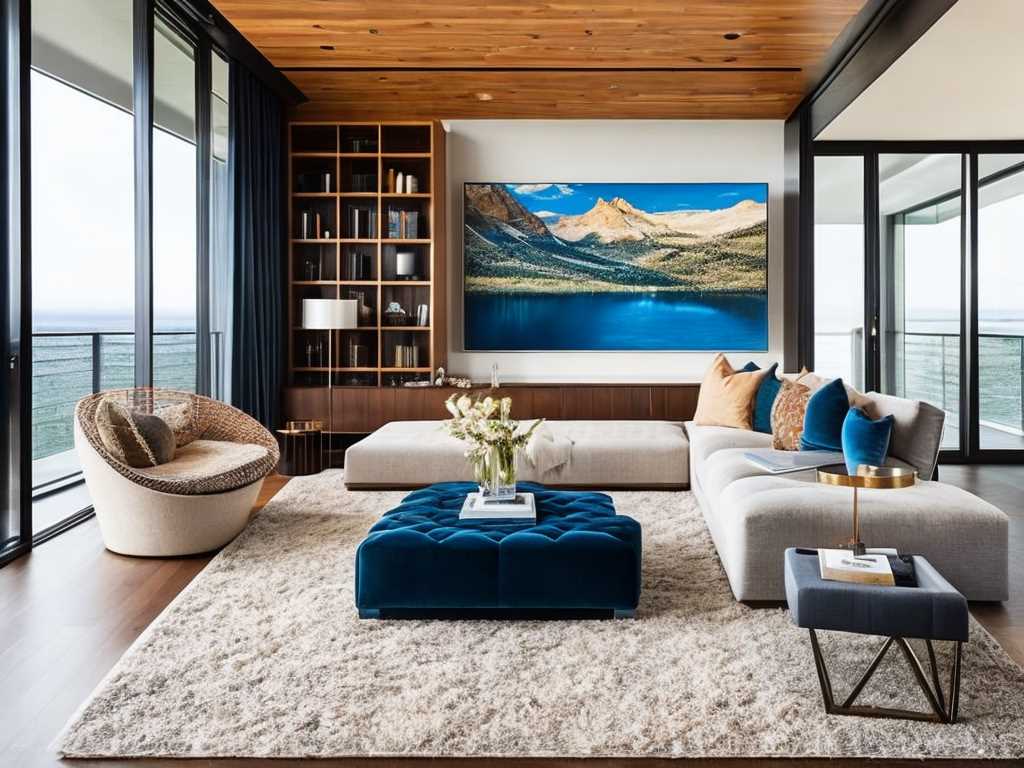
5. Arrange the Seating
The seating arrangement is perhaps the most crucial aspect of furniture placement in a living room. You should arrange your seating to encourage conversation and create a comfortable, inviting space. A common seating arrangement is to place a sofa facing a fireplace or a TV, with two chairs opposite the sofa. You could also create a U-shaped seating arrangement by placing a sofa and two chairs around a coffee table.
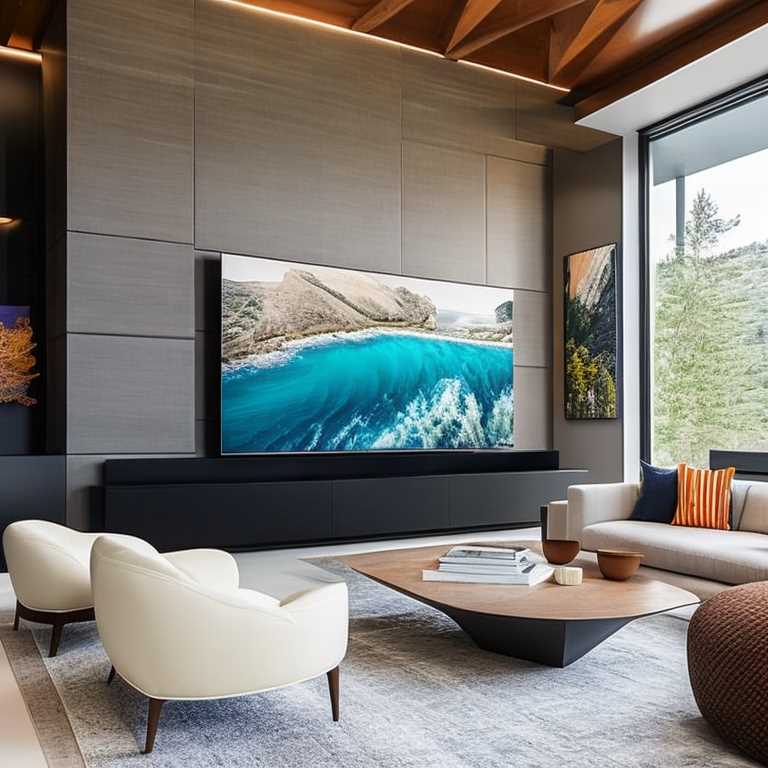
6. Add Accent Pieces
Accent pieces, such as rugs, throw pillows, and artwork, can add color and texture to a living room. They can also tie the different elements of the room together and create a cohesive look. When choosing accent pieces, you should consider the overall color scheme and style of the room. For instance, a bold, patterned rug may work well in a neutral room, while a minimalist room may benefit from a few carefully chosen pieces.
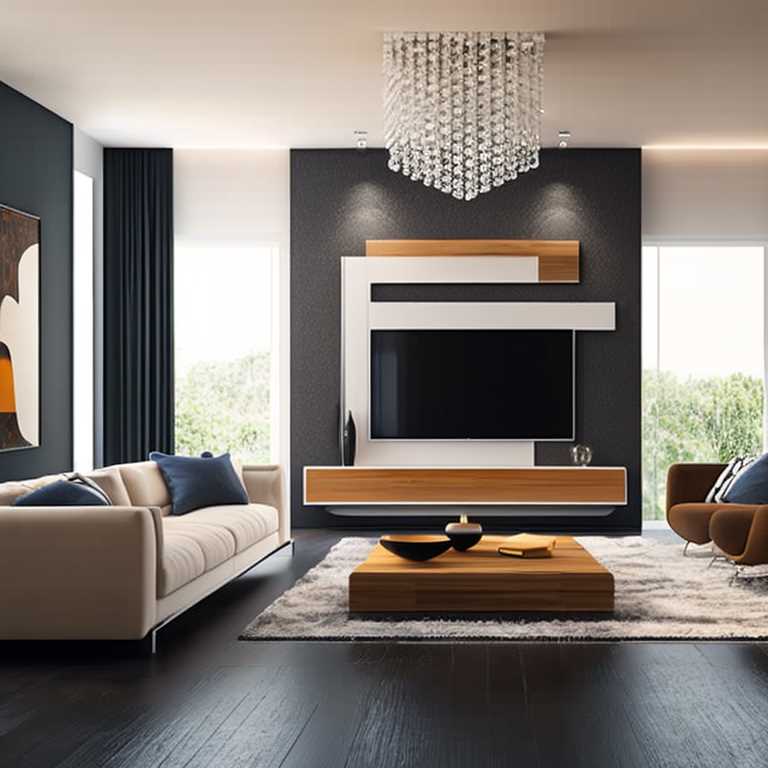
7. Don’t Forget About Storage
Storage is an essential aspect of any living room. You should consider how you will store items such as books, magazines, and remote controls. You could use a coffee table with built-in storage, or add shelves or a bookcase to the room. When selecting storage solutions, you should consider their functionality as well as their aesthetic appeal.

8. Experiment with Different Layouts
It is essential to experiment with different furniture layouts to find the one that works best for your living room. You could try rearranging your furniture to create a new focal point or add a new accent piece to change the overall look of the room. Don’t be afraid to try something new and see how it works for you.
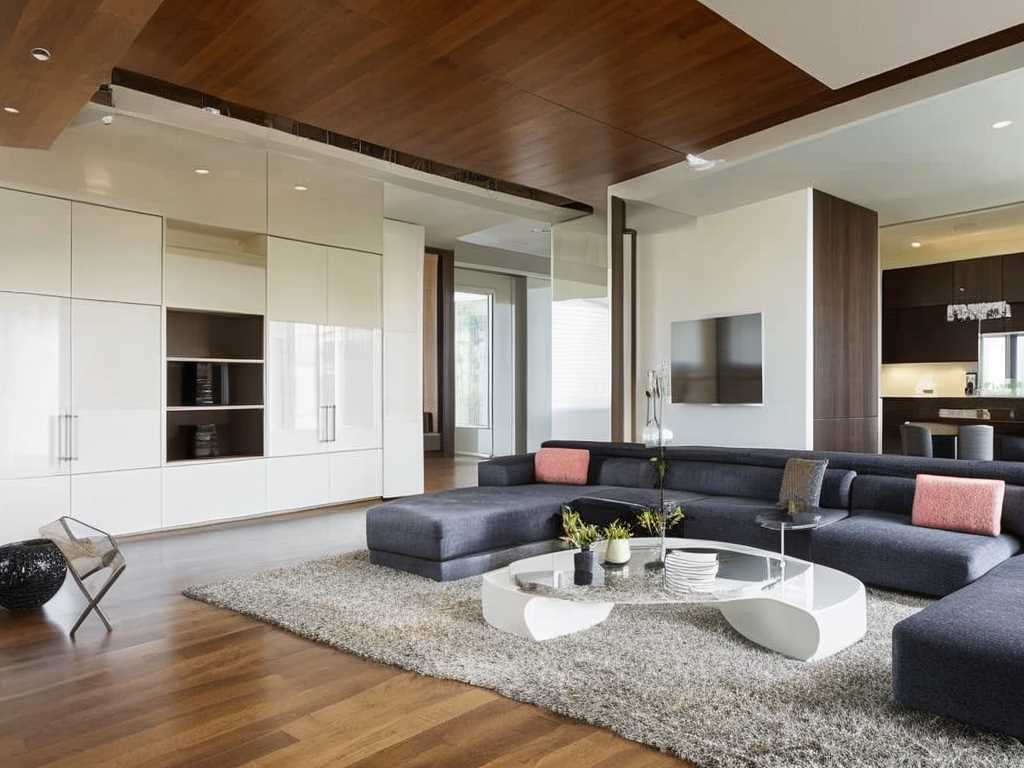
Furniture placement is an essential aspect of interior design, especially in a living room. By planning the space, determining the focal point, creating zones, choosing the right furniture, arranging the seating, adding accent pieces, considering storage, and experimenting with different layouts, you can create a functional and aesthetically pleasing living room that reflects your personality and style.
